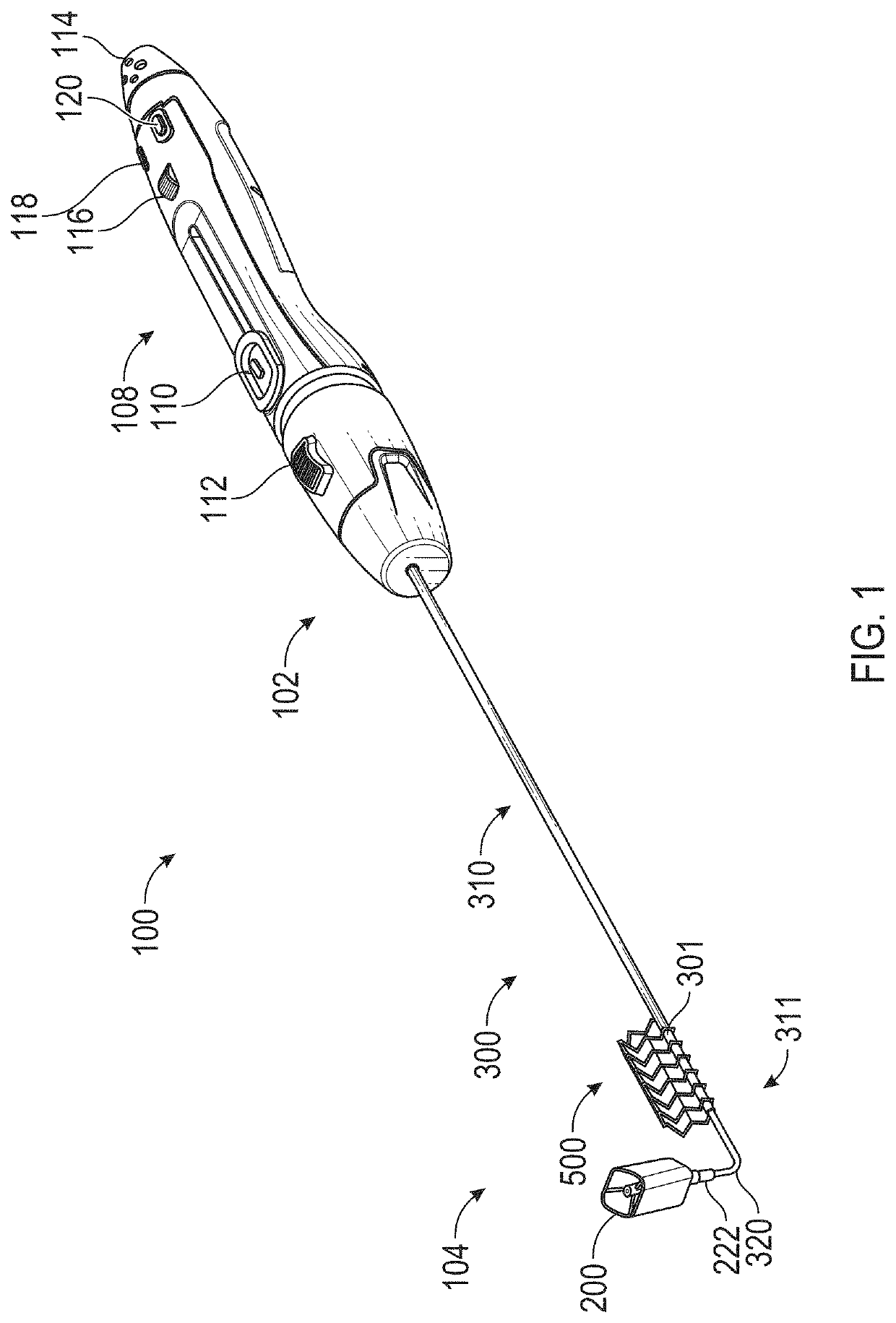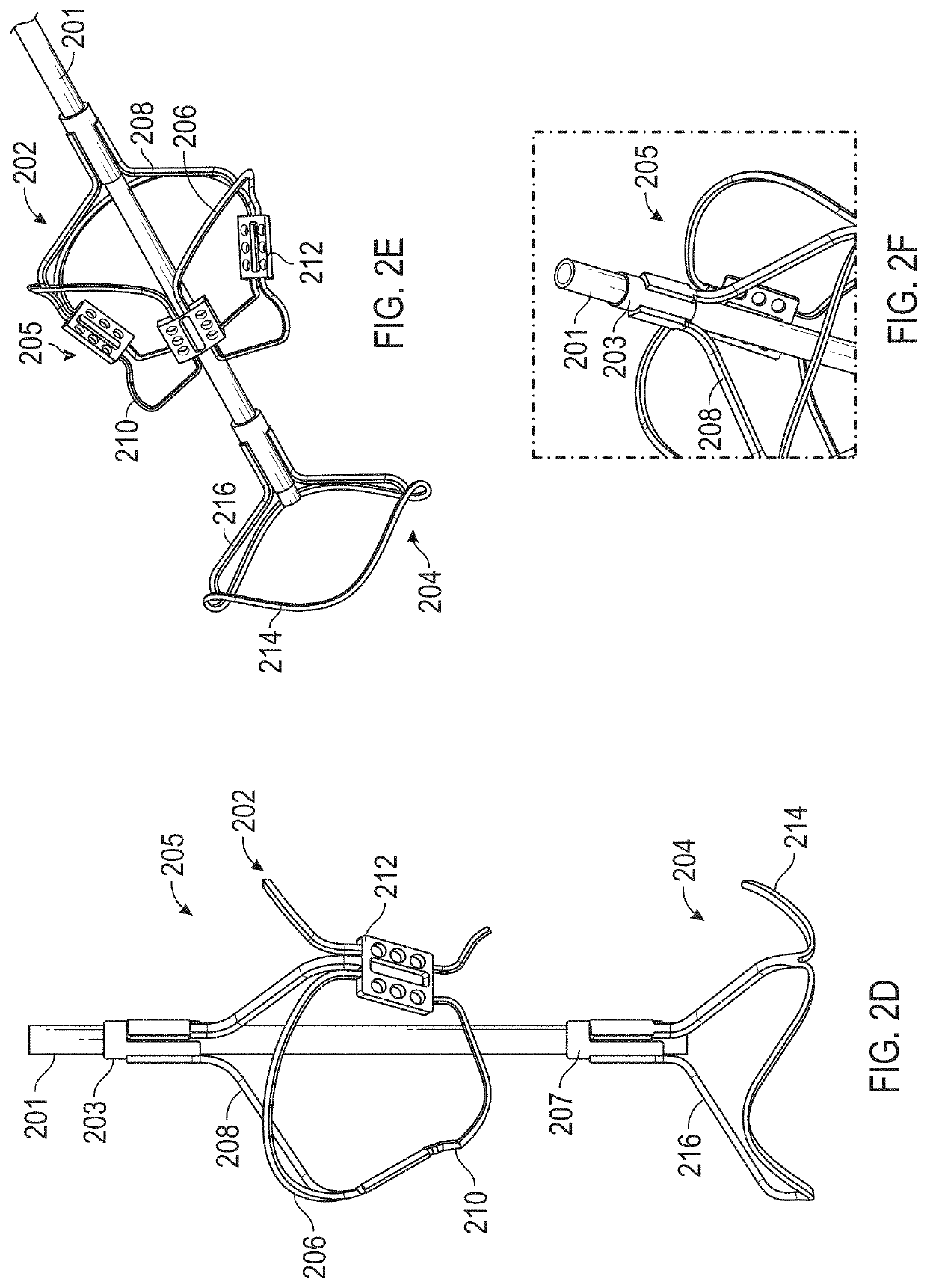Apparatus and methods for treating a defective cardiac valve
a technology of cardiac valve and apparatus, which is applied in the field of apparatus and methods for performing transcatheter or minimally invasive repair of a defective cardiac valve, can solve the problems of blood leaking backwards through the valve each, increasing the pressure of blood in the lungs or liver, and reducing forward blood flow, so as to achieve more reliable delivery of the prosthetic device, reduce regurgitation, and reduce the effect of bleeding
- Summary
- Abstract
- Description
- Claims
- Application Information
AI Technical Summary
Benefits of technology
Problems solved by technology
Method used
Image
Examples
Embodiment Construction
[0090]Embodiments of the present invention are directed to exemplary systems and methods for reducing cardiac valve regurgitation. Provided herein is a prosthetic device that may contain a prosthetic coaptation body to be positioned at a native cardiac valve. The prosthetic device may be suspended across the native heart valve by a support. For example, the support may be coupled to the prosthetic coaptation body and extend out of the heart into an adjacent blood vessel coupled to the heart (e.g., superior vena cava, inferior vena cava). The support may be coupled to the blood vessel with an anchor that preferably is expandable and has a stent structure. In some examples, the support is structured to suspend the prosthetic coaptation body in the native valve in a free-standing manner without anchoring to cardiac tissue, thereby minimizing damage to the heart. The prosthetic coaptation body may be formed from a frame (e.g., metal frame such as Nitinol) that is at least partially cove...
PUM
 Login to View More
Login to View More Abstract
Description
Claims
Application Information
 Login to View More
Login to View More - R&D
- Intellectual Property
- Life Sciences
- Materials
- Tech Scout
- Unparalleled Data Quality
- Higher Quality Content
- 60% Fewer Hallucinations
Browse by: Latest US Patents, China's latest patents, Technical Efficacy Thesaurus, Application Domain, Technology Topic, Popular Technical Reports.
© 2025 PatSnap. All rights reserved.Legal|Privacy policy|Modern Slavery Act Transparency Statement|Sitemap|About US| Contact US: help@patsnap.com



